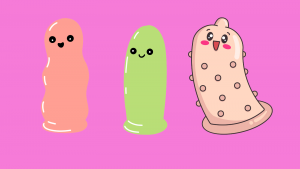
All About Condoms
Currently, condoms are the only widely available, proven method for reducing transmission of HIV and other sexually transmitted infections (STIs) during sex. Condoms work.
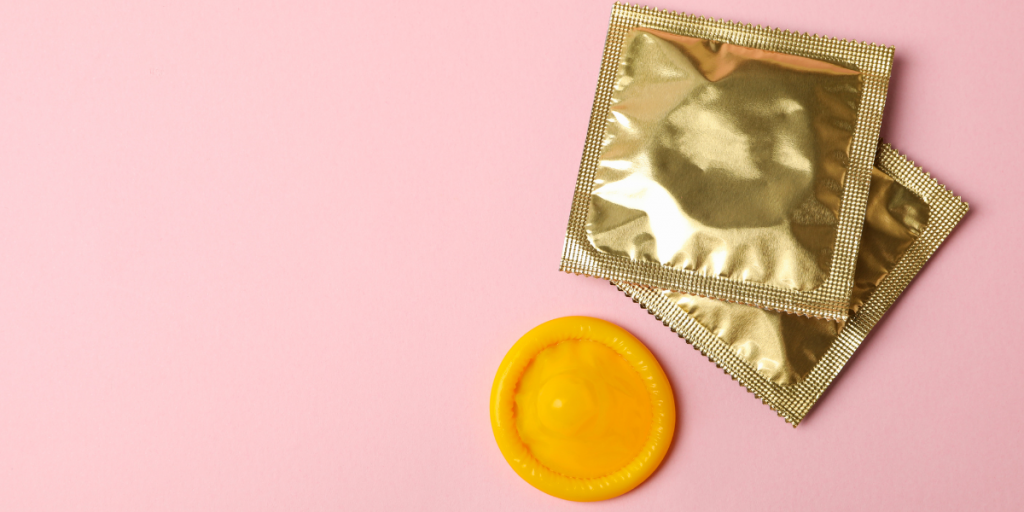
From ASHA’s Fred Wyand
The condom. All sorts of shapes, sizes, colors (even glow-in-the-dark). Ribbed or plain. Lubed or not. Latex or plastic (and natural skin, although that variety isn’t as effective as the others against sexually transmitted infections). Now we even have internal condoms, amazing products that can even be inserted several hours ahead of having sex.
When I was a teen, my fellow adolescent wise-guys and I were a bit awed by condoms. They were serious business back in the day; simply possessing one conferred a certain level of credibility. They were kind of scary, too, a foil-wrapped reminder that we were taking our first steps into the world of adults and serious stuff. You were never quite sure how to use one, despite the best efforts of the basketball coach who was co-opted into double duty as the generic “health” teacher (which resulted in the Commonwealth of Virginia entrusting him with our school’s fledgling sex ed curriculum for boys. I think he taught driver’s ed one semester, too).
Condoms were exotic, mysterious, and, as I mentioned, a bit intimidating: come on, does anyone really need to unroll one all the way? They were ABSOLUTELY hidden from our parents, too, with the same level of Top Secret access usually assigned to a pack of smokes or a purloined copy of Playboy.
That latter point was a problem, of course, and I suspect it’s not altogether different today. Given how many teens are sexually active, how often they don’t use protection, and the fact that sexually transmitted infections are rampant in young people (half of all STIs occur in youth….HALF!) it’s important that we put condoms in a distinguished front and center, full-view position.
Condoms are inexpensive, easy to find, not hard to use (a little instruction never hurts, though!) and really, really effective against HIV, chlamydia and a host of other STIs when used – as the public health mantra goes- consistently and correctly. Not a bad choice against unintended pregnancy, either.
Parents: Your kids won’t have sex because they learn about condoms (trust me, they’ll figure out about sex regardless) but with your guidance, they can learn how to protect themselves when they do become sexually active. Sure, you’re nervous, it’s not the easiest thing to discuss, and I get it. Don’t worry – do your best, be genuine, let them know they can talk to you about anything (including sex) and tell them about condoms. ASHA has a parent’s guide to help you have the birds & bees talk, too.
Everybody else: Did I mention condoms work? They do! Use them, admire them, give them to your best buds, and take them seriously.
We have loads of great resources for you during National Condom Month, so visit us for condom do’s and don’ts, our condom choice video, talking points if your partner is reluctant, and social media content you can share.

Currently, condoms are the only widely available, proven method for reducing transmission of HIV and other sexually transmitted infections (STIs) during sex. Condoms work.
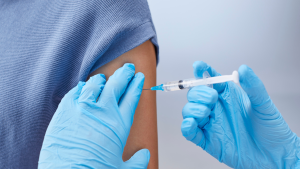
There’s potential good news in gonorrhea prevention as a series of studies suggests that certain meningococcal B (MenB) vaccines can reduce the risk of gonorrhea.

Currently, condoms are the only widely available, proven method for reducing transmission of HIV and other sexually transmitted infections (STIs) during sex. Condoms work.

Condom use is falling among young people around the world. Is a lack of sex education partly to blame?
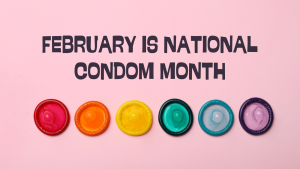
Currently, condoms are the only widely available, proven method for reducing transmission of HIV and other sexually transmitted infections (STIs) during sex. Condoms work.
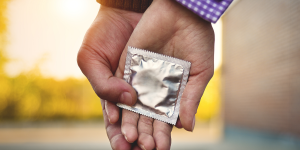
Don’t be shy to talk with your partner about safer sex and condoms: For both of you, this is one of the most important conversations you can have. It’s also one of the smartest!
ASHA believes that all people have the right to the information and services that will help them to have optimum sexual health. We envision a time when stigma is no longer associated with sexual health and our nation is united in its belief that sexuality is a normal, healthy, and positive aspect of human life.
ABOUT
GET INVOLVED
ASHA WEBSITES
GET HELP
© 2025 American Sexual Health Association